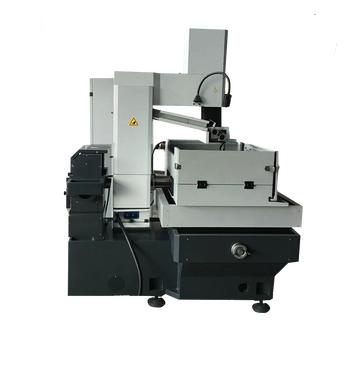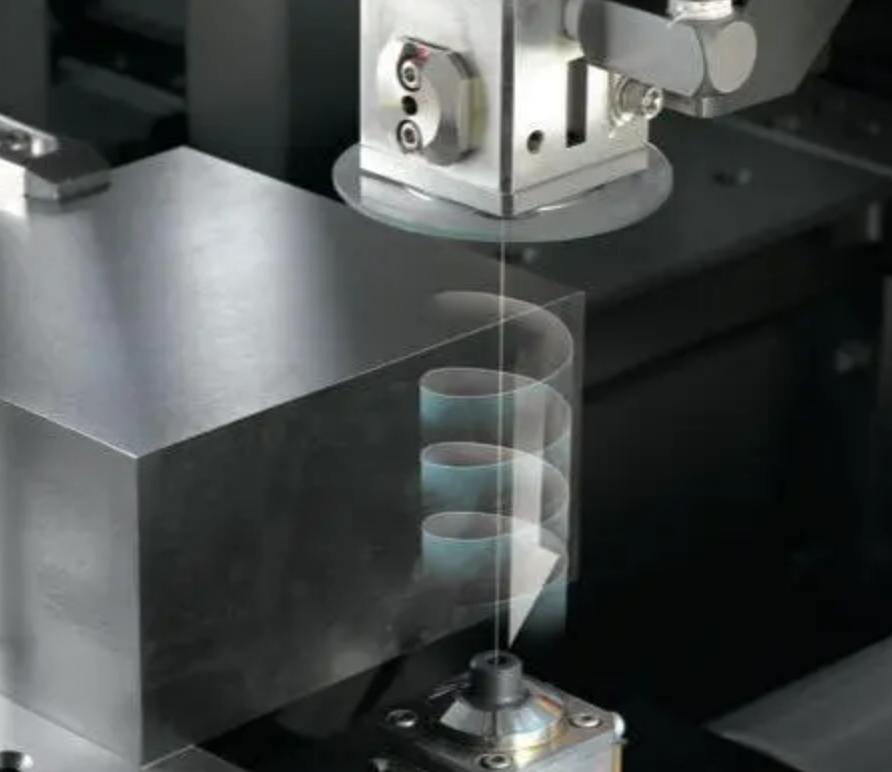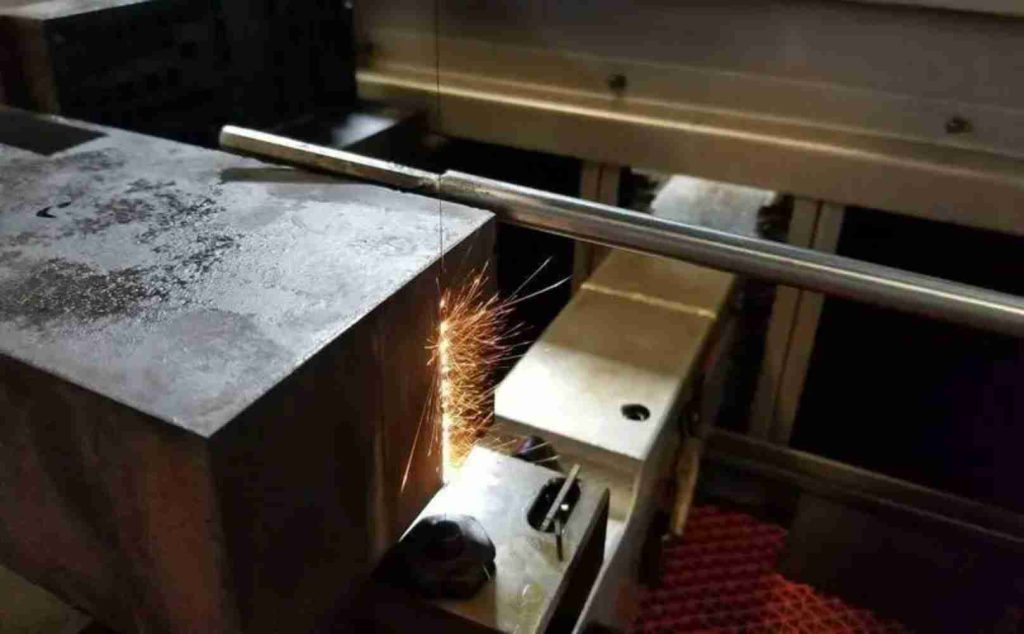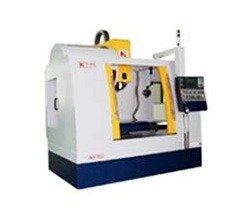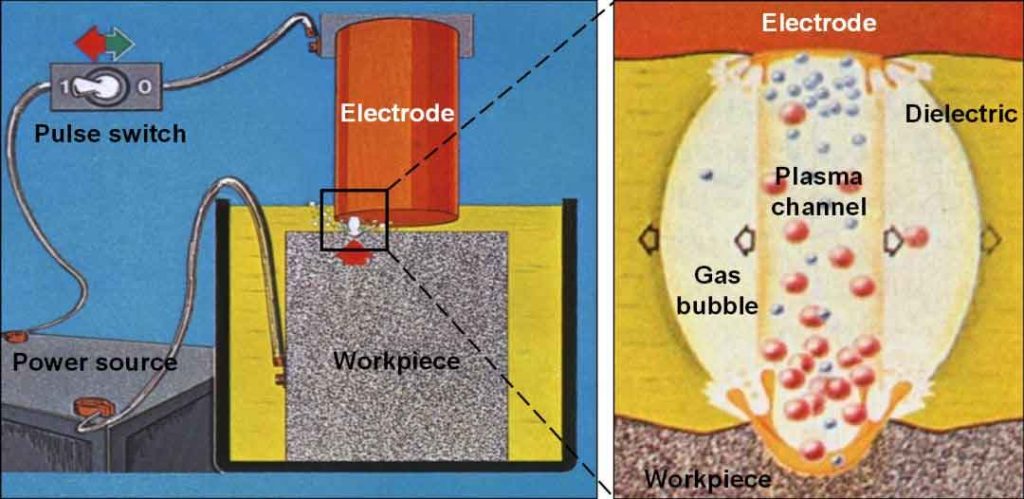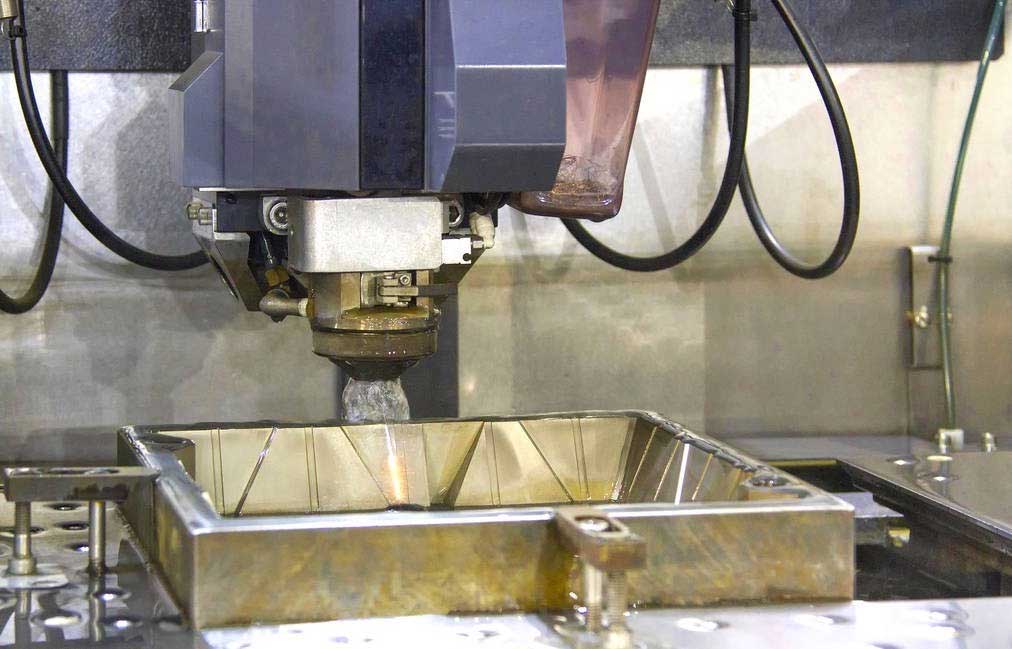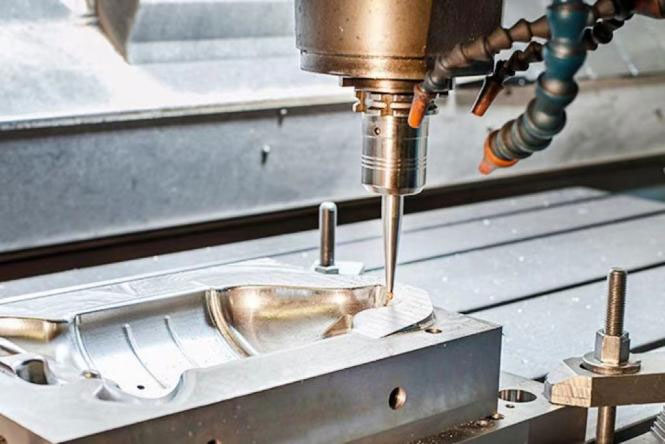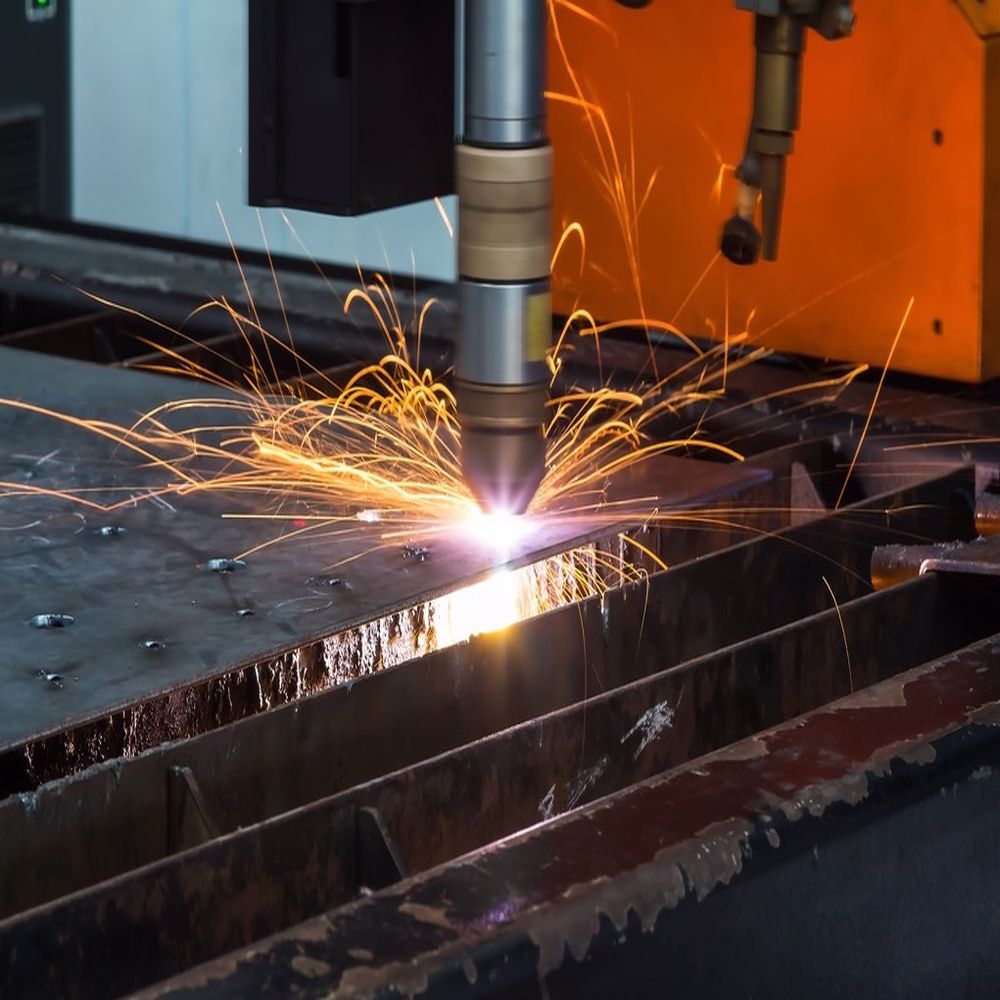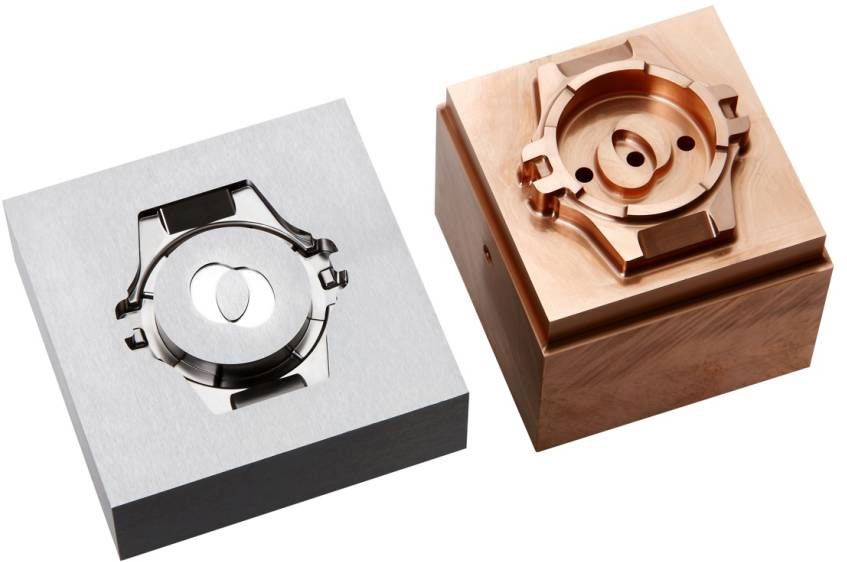Wire EDM erodes metal with a precise, continuous wire, similar to how a hot knife cuts butter. The wire never comes into contact with the workpiece, but instead generates tiny, controlled sparks that vaporize the material along a predetermined path, resulting in intricate shapes and sharp corners. Die-sinking EDM works similarly. It employs an electrically charged electrode, typically made of graphite or copper, which plunges into the workpiece like a stamp. What Are the Differences Between Wire EDM and Die-Sinking EDM?
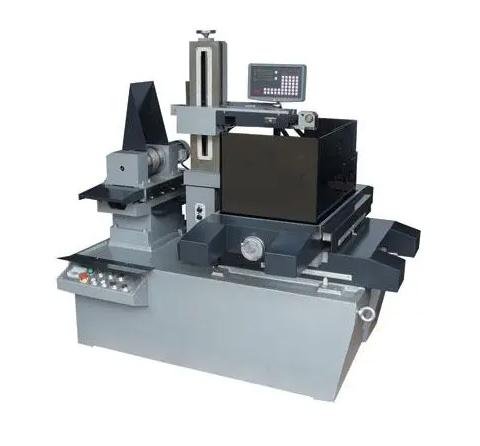
Key Differences Between Wire EDM and Die-Sinking EDM
Both wire EDM and die-sinking EDM are effective metalworking tools, but they take different approaches to achieving the desired results. Here’s an overview of their key differences:
Difference 1: Tool and Process
Wire EDM can be considered a thin, electrically charged wire that slices through metal like a hot knife through butter. The wire, which is typically made of brass, never touches the workpiece but instead generates tiny sparks that erode the material along a predetermined path to produce intricate shapes and sharp corners. Die-sinking EDM employs a shaped electrode, typically made of graphite or copper, which plunges into the workpiece like a stamp. Electrical discharges, like wire EDM, vaporize the metal, gradually forming a cavity that matches the electrode’s shape. Die-sinking EDM is particularly effective at creating deep cavities and molds.
Difference 2: Capabilities and Applications
Wire EDM excels at machining intricate shapes with tight tolerances, sharp corners, and thin walls. It’s ideal for tasks like making surgical tools, watch parts, and intricate mold inserts. Die-sinking EDM is ideal for creating deep cavities, blind pockets, and intricate internal features. It is widely used in mold making, aerospace components, and die-forging applications.
Difference 3: Surface Finish and Material Compatibility
The thin wire of Wire EDM frequently produces a smooth surface finish, making it ideal for applications requiring high precision and aesthetics. It can work with a variety of metals, including hardened steels, titanium alloys, and even some superalloys. Die-sinking EDM produces a rougher texture compared to wire EDM, but can still achieve good surface finishes. It works well with conductive metals such as copper, aluminum, and brass, but it may require additional polishing for certain applications.
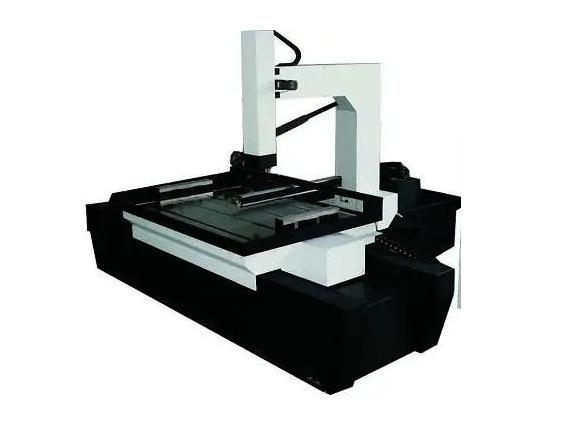
Which Process Offers a Better Surface Finish on the Machined Parts?
Wire EDM and Die-Sinking EDM are two processes that excel in different areas, leaving their distinct marks on the machined components. So, which process offers a better surface finish on the machined parts? Let’s get into the details.
Wire EDM
Unlike its competitor, wire EDM never physically touches the workpiece. The thin, electrically charged wire moves across the surface, vaporizing metal with controlled sparks. This eliminates the possibility of scratches, gouges, and other imperfections caused by direct contact, resulting in a smoother, more pristine finish. Wire EDM’s precision shines through in sharp corners and intricate details. The narrow wire leaves minimal kerf, preserving delicate features while maintaining smoothness. This makes it ideal for applications that require high aesthetics with minimal surface disruption.
Die-Sinking EDM
Die-sinking EDM is particularly effective at creating deep cavities and intricate internal features. However, its success comes with a cost. The larger, more rigid electrode makes contact with the workpiece, leaving visible machining marks and a rougher overall texture, particularly in corners and complex areas. Die-sinking EDM is effective with conductive metals such as copper, aluminum, and brass. Harder materials, such as titanium or stainless steel, can be difficult to process, resulting in increased surface roughness and the formation of recast layers. To achieve a smooth finish with die-sinking EDM, post-processing is frequently required. Polishing is necessary for applications that require high aesthetics or tight tolerances, which adds time and cost to the process.
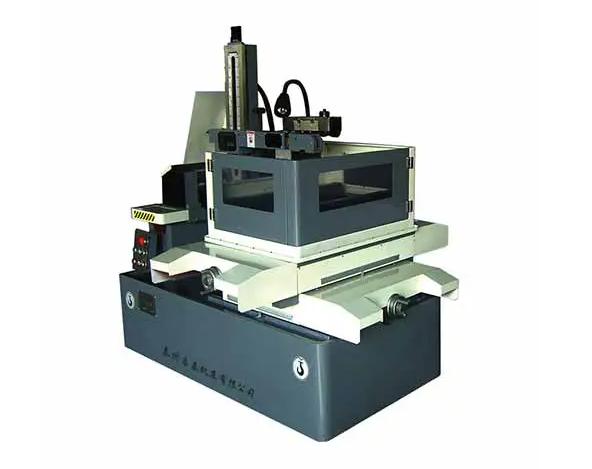
Which Process Is Better Suited for Intricate Shapes Or Sharp Corners?
Wire EDM reigns supreme for intricate shapes and sharp corners when compared to die-sinking EDM, and here’s why:
Wire EDM
The thin, electrically charged wire provides unparalleled control, enabling tight tolerances and sharp angles. It can easily navigate complex geometries, following predetermined paths to create intricate features such as tiny gears, miniature blades, and delicate channels. The wire’s boundless flexibility allows it to reach internal features and tight spaces that larger electrodes cannot. It can cut intricate contours and sharp angles with a small kerf (cut width), which reduces material waste and preserves fine details. Because of the non-contact nature of the process, wire EDM produces a smoother surface finish with fewer burrs and recast layers. This is ideal for applications that require high aesthetics or tight tolerances, as it eliminates the need for extensive polishing.
Die-Sinking EDM
The electrode, despite its shape, can cause minor inconsistencies in corners and struggle with tight curves. While capable of intricate features, its larger size and contact limitations make it unsuitable for extreme precision. The electrode’s size limits its access to small spaces and its ability to create sharp internal features. While it can handle deep cavities and complex shapes, reaching intricate nooks and crannies can be difficult, necessitating multiple electrodes or additional finishing processes. Die-Sink EDM: The electrode contact can result in a rougher texture with visible machining marks, particularly on corners and intricate areas. Polishing can improve the finish, but it requires more time and money.
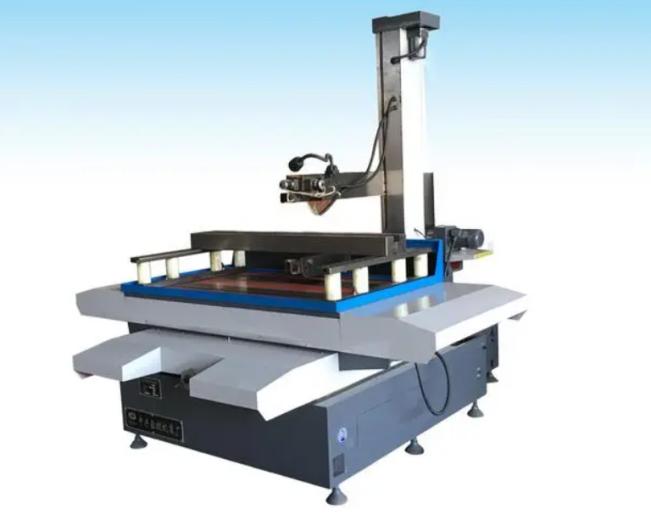
Conclusion
Each method has its benefits and drawbacks. Understanding the differences enables you to select the most efficient and cost-effective EDM process for your particular project requirements. JTR provides wire EDM services with advanced wire EDM machines. When discussing the project requirements with EDM specialists, having a thorough understanding of the various methods ensures accurate communication and avoids misunderstandings. This can lead to more efficient collaboration and better results.


